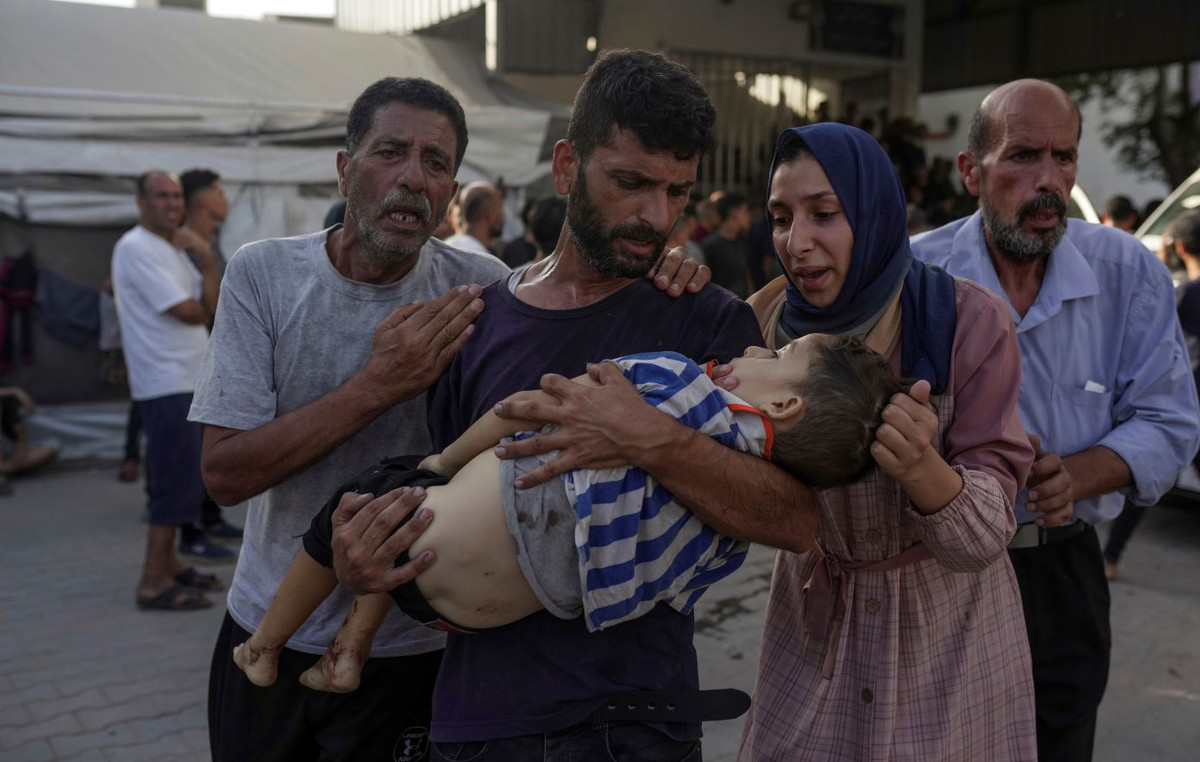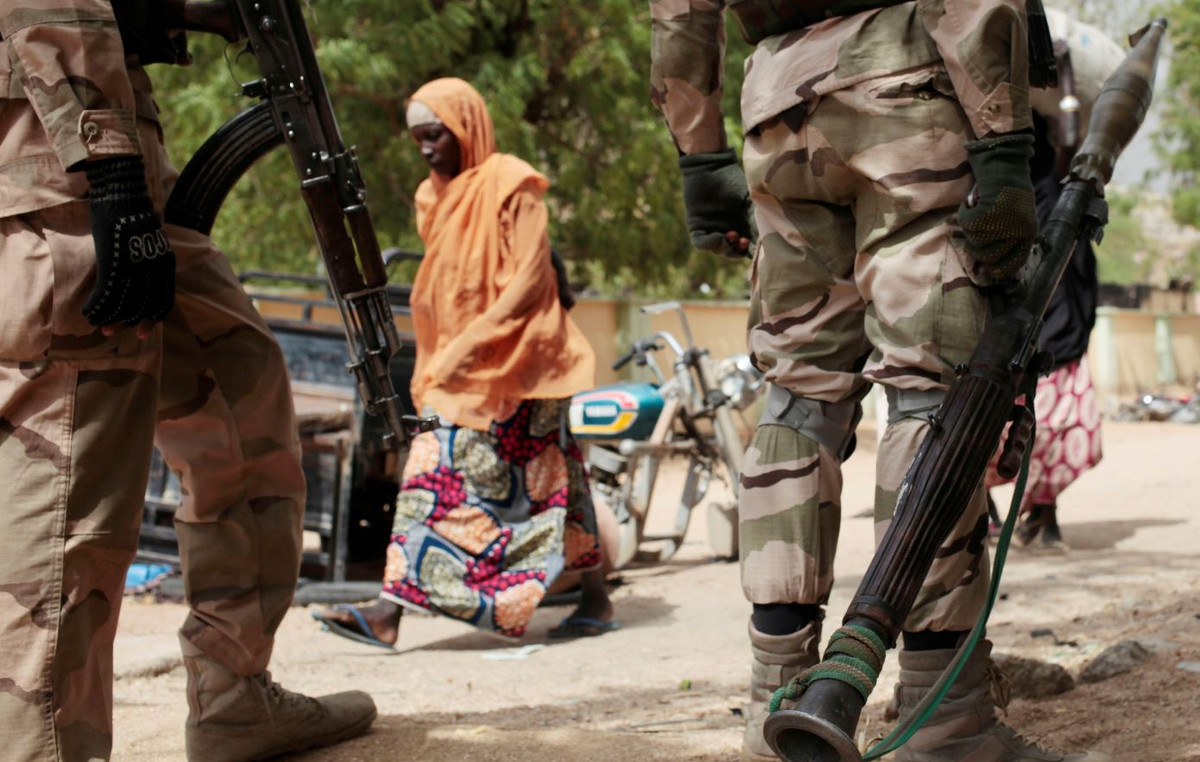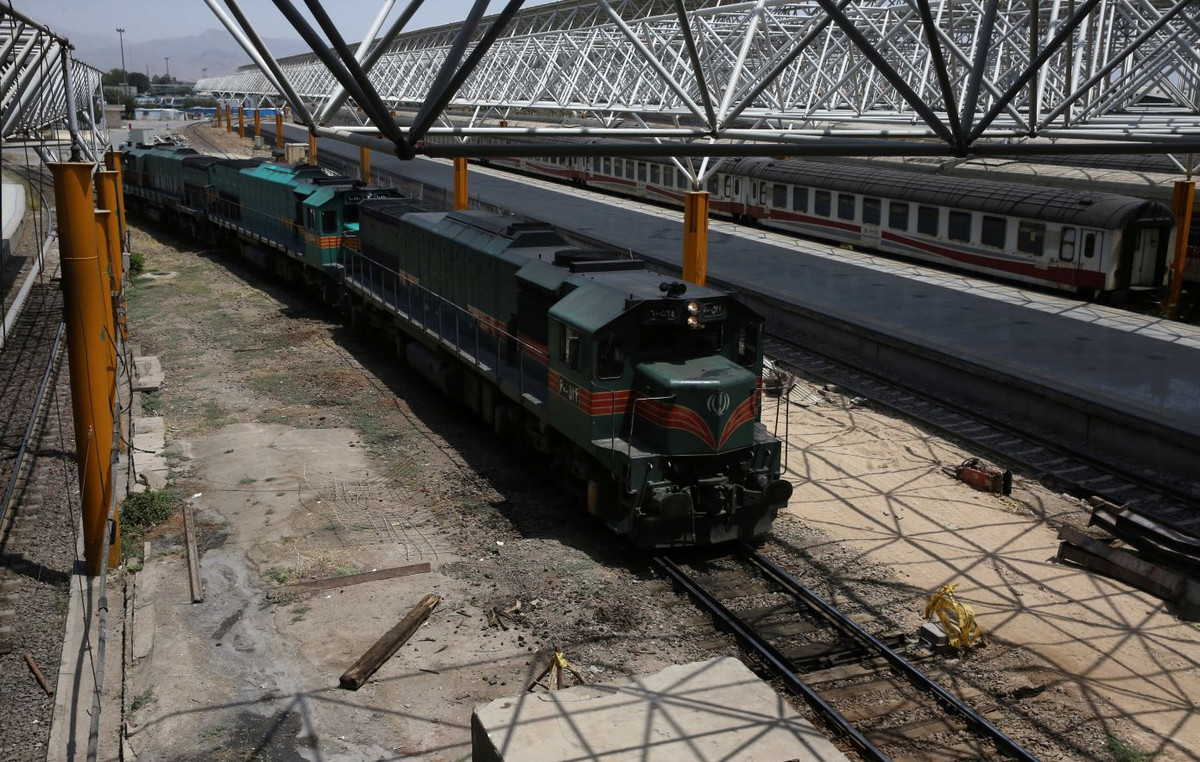Once again, tens of thousands of people in Gaza are on the move as the Israeli military issues new evacuation orders for a number of areas in Gaza City.
Over the past 10 days, the Israel Defense Forces (IDF) have issued instructions for hundreds of thousands of people in Khan Younis in the south, Shujaya in central Gaza and several neighborhoods in Gaza City to leave.
The effect has been to increase the total number of displaced people in Gaza from 1.7 million in May to about 1.9 million today, according to the UN. It is estimated that about nine in 10 people in Gaza are internally displaced, many of them multiple times.
“Mass displacement has been predominantly driven by evacuation orders issued by the Israeli military, extensive destruction of public and private infrastructure, restricted access to essential services, and persistent fears of ongoing hostilities,” according to the latest assessment by the UN Office for the Coordination of Humanitarian Affairs (OCHA).
It is unclear how many people in Gaza City have heeded the latest evacuation order. Many civilians are wary of abandoning whatever shelter they have for an uncertain journey to an even more uncertain destination, living on the streets or in the overcrowded and unsanitary tent villages that spring up with each evacuation order.
The IDF said the evacuation orders were necessary so that civilians would not be caught up in its renewed operations in areas where Hamas is seeking to reestablish its presence. The IDF insists it will go to great lengths to avoid civilian casualties.
Hamas said the evacuations threatened to take negotiations for a ceasefire and hostage settlement to “ground zero.”
Khader Al Za’anoun, a journalist with Wafa, the official Palestinian news agency, told CNN that late Sunday people in the Tuffah, Old City and Daraj neighborhoods were instructed to move to “known shelters in western Gaza City.”
But he said the large-scale evacuation took place amid air and drone strikes.
“It was scary, people were running, some were in wheelchairs, everyone was panicking and didn’t know where to go. Heavy shelling was close and smoke was filling the skies,” Al Za’anoun told CNN after arriving at the port area.
A journey full of danger
The attacks continued throughout the night, along with repeated shootings in areas where people were sheltering.
“I decided to wait until morning and not move due to the dangerous situation,” Al Za’anoun said.
But at dawn, airstrikes hit a tall building near where he, his family and many other displaced people were taking refuge.
“At that moment, to protect the lives of my family, I decided to leave the place and go to the port area in the west of the city on a journey full of dangers.”
Al Za’anoun sent photographs of his family walking through the ruined streets while dragging a baby carriage with their remaining belongings.
The IDF confirmed to CNN that the evacuation order for parts of Gaza City was the third in the last 10 days.
OCHA estimates that around 80,000 people were living in the Shujaya area when the evacuation order came on 27 June. Another 250,000 people living in eastern Khan Younis and Rafah were placed under evacuation order by Israeli authorities on 1 July.
That day, the IDF said people in 71 residential blocks in eastern Khan Younis and Rafah should immediately move west to what it calls a “humanitarian zone” in Al Mawasi.
OCHA said the area includes medical posts, primary health centres and 14 field kitchens, as well as a sewage treatment centre. It said the IDPs “have moved to the western areas of Khan Younis and Deir al-Balah, which are already overcrowded and lack basic services, critical infrastructure, shelter materials and spaces to accommodate the new influx of IDPs”.
No patients, no equipment, it doesn’t work anymore
OCHA and other agencies say the evacuation orders have had a major impact on the few operational hospitals in Gaza.
On July 2, Israeli authorities clarified that the Khan Younis European Hospital was not included in the evacuation order.
It was too late. Most of the medical staff and patients had left. A UN official – Jonathan Whittall – reported from the hospital: “There are no patients, there is no equipment and it is no longer functioning.”
World Health Organization Director-General Tedros Ghebreyesus said on X that it was “devastating to see the 650-bed hospital out of service at a time when access to health care is urgently needed.”
The International Red Cross team at the hospital – which has performed more than 3,000 surgeries since the conflict began – also left.
Many of those leaving the European hospital crowded into the nearby Nasser Medical Complex, which has reached capacity.
WHO and other agencies were able to move much of the European Hospital’s equipment to Nasser, including ventilators and anesthesia machines. But medical staff were left wondering if and when they would have to move again.
Now, one of Gaza City’s main hospitals — Al Ahli Baptist — has also closed its doors. The Episcopal Church of Jerusalem, which runs Al Ahli, said that after several drone strikes in the vicinity on Sunday, the hospital was placed in a “red zone” for evacuation.

“As a result,” the church said on Facebook on Monday (7), “all vulnerable people sheltering on site, staff and all patients have had to leave the safety of the site… Our hospital is now out of operation at a time when its services are in very significant demand.”
Archbishop Hosam Naoum said the diocese protested the closure in the strongest possible terms and appealed to Israeli authorities to allow it to reopen. CNN contacted the IDF for an update on the hospital’s situation.
OCHA said that “Currently, only 15 of Gaza’s 36 hospitals remain functional, albeit partially, and most are only partially accessible to patients.”
After the last evacuation order, the CNN filmed on the main route out of Gaza City – al-Rasheed Street – towards what the IDF described as “safe areas.” It was virtually empty. A reporter from CNN in Gaza City, now displaced himself, said many people had taken side streets for fear of being targeted on the main road.
Saleh was a young man trying to head in the opposite direction, toward Gaza City, describing himself as “fed up with this war, fed up with everything.” But he and a few others with him encountered Israeli tanks and infantry.
“We ran away from them, but there was a sniper who started shooting at us. The soldiers got out of the tank and we kept running while the tanks chased us.”
Saleh was shot in the stomach but escaped to the coast, where he said he took cover until the tanks left the area.
‘What we will eat today?’
In addition to the obvious dangers of moving from one part of Gaza to another, the constant displacement makes it harder for aid agencies to direct food supplies. The World Food Programme said on Monday that “nearly half a million people in Gaza face catastrophic levels of hunger. Due to unreliable access and limited supplies, families often do not receive the full and frequent rations they need.”
OCHA said the evacuation orders were compounding the logistical challenges of delivering aid. It said that between 1 and 4 July, only one of 13 humanitarian assistance missions planned and coordinated with Israeli authorities to northern Gaza was facilitated; the others were either thwarted or cancelled. The situation in the south was better, with 43 of 55 missions facilitated by Israeli authorities.
The Norwegian Refugee Council says that as people fled Khan Younis last week, many spent their first night sleeping outdoors, next to their belongings.
“Others walked very long distances, carrying their children and whatever they could bring with them,” said Maysa Saleh, NRC’s education officer in Deir al-Balah.
“Everything is pressing in around them… the first question every morning is the same: what are we going to eat today?”
“The tents are also almost sold out,” Saleh said. “The other day, I saw a tent made of empty rice sacks sewn together.”
“There are so many children scattered around the streets, you walk around and see children living there because it is their home now.”
The NRC agrees with OCHA’s estimate that around 250,000 people have fled Khan Younis “mainly to overcrowded western areas and Deir al-Balah”.
He said the evacuation orders “lack guarantees of safety, adequate accommodation or return once hostilities end for those who have been forced to move.”
UNRWA senior communications officer Louise Wateridge described her journey through Khan Younis on Monday in a post on X.
“Makeshift shelters as far as you can see, families collecting water, children searching through trash for things to eat, sell or burn for cooking,” she wrote.
Source: CNN Brasil
Bruce Belcher is a seasoned author with over 5 years of experience in world news. He writes for online news websites and provides in-depth analysis on the world stock market. Bruce is known for his insightful perspectives and commitment to keeping the public informed.







